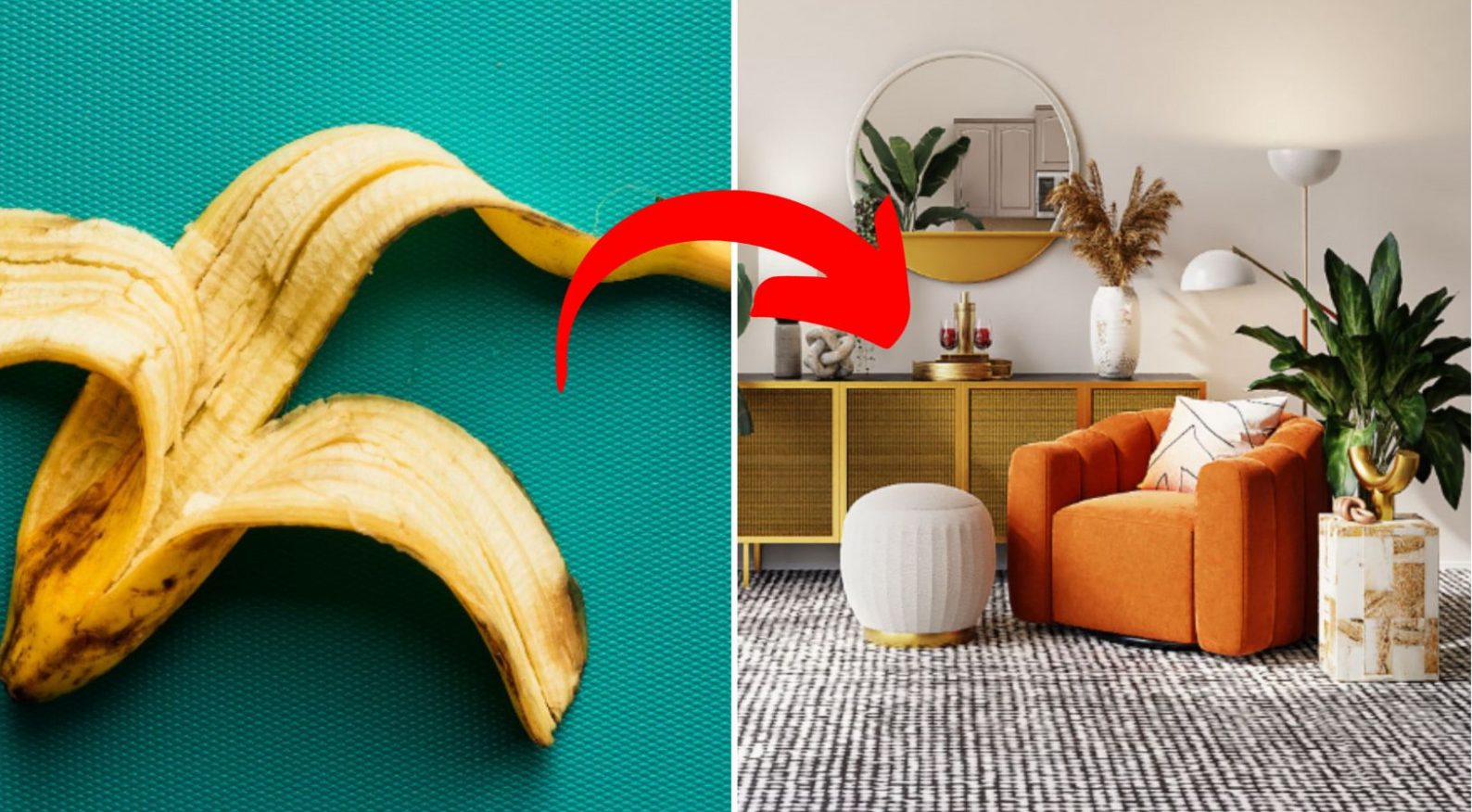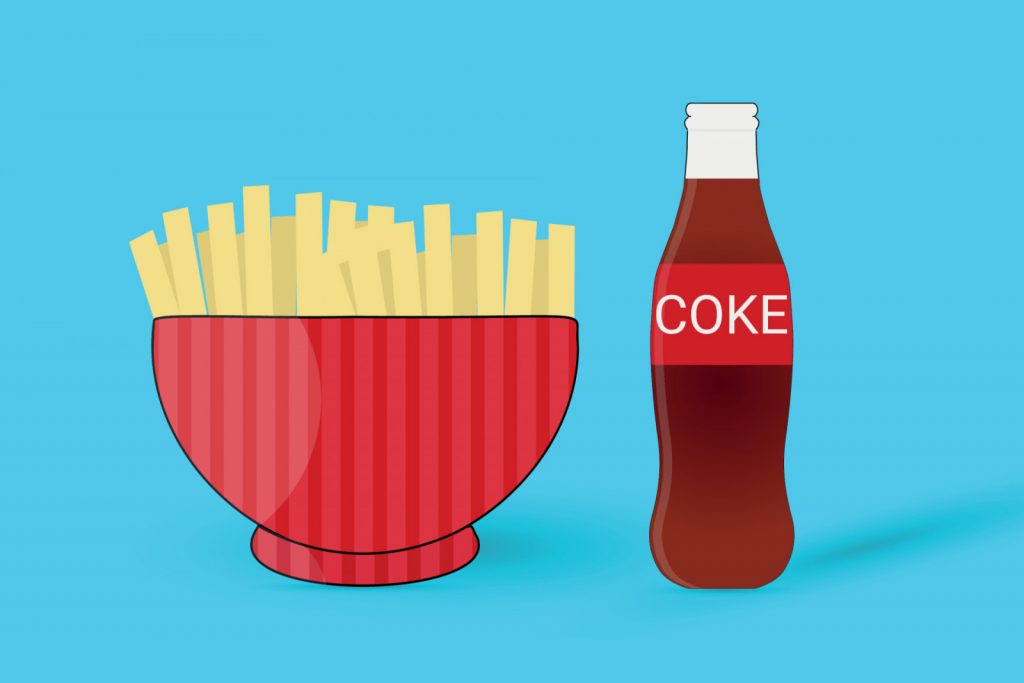Should You Use Banana Water for Plants?

© Louis Hansel & Spacejoy / Unsplash
Everyone is going bananas for bananas. And this includes the gardening world as well! It seems like there is a high interest in keeping the environment clean lately, and many people are looking for ways to minimize the number of natural resources and be more self-aware of the impact they have on the world. This is where banana peels for plants come into play. There is a popular belief amongst gardeners that banana water made from the peels, can actually provide multiple benefits not only for your plants but the environment as well. Here is everything you need to know.
What Is Banana Water?
Banana water is an easy-to-make liquid fertilizer that is created by steeping banana peels in water for a few weeks. The process involves placing banana peels in a jar or bucket filled with water and allowing the nutrients to leach into the water. The primary nutrients released into the water are potassium and calcium, which are essential for plant growth. This homemade fertilizer is considered a cost-effective and eco-friendly alternative to commercial fertilizers.
What Do Banana Peels Offer for Plants?
Potassium is a vital nutrient for plants, playing a crucial role in various physiological processes such as photosynthesis, enzyme activation, and water regulation. Calcium is also essential for plant cell structure and growth, helping prevent issues like blossom end rot in tomatoes. By utilizing banana water, gardeners and plant enthusiasts can provide their plants with a natural source of these nutrients, potentially enhancing their growth and overall health.
Additionally, banana water is believed to contain other beneficial compounds from banana peels, such as amino acids and vitamins, which can further contribute to plant health. While there is anecdotal evidence supporting the effectiveness of banana water as a fertilizer, it’s important to note that the nutrient content may vary based on the type of bananas used and the duration of steeping.
DIY Banana Water for Plants
Making banana water for plants is a straightforward process that not only benefits your plants but also provides an eco-friendly way to reduce food waste and enhance your home’s green initiatives. Here are the steps to create your own batch of banana water:
Step 1: Don’t Throw Away Your Banana Peels
After enjoying a banana, don’t discard the peel. Instead, collect your banana peels and place them in a container. Cover about two-thirds of the peels with water. Continue adding peels until the container is full. It’s essential to cover the container to prevent odors and mold from developing. To expedite the breakdown of the peels, you can cut them into one-inch squares or blend them into smaller pieces before adding them to the container.
Step 2: Time to Make it!
Once your container is filled with banana peels and water, put it in a cool, dark location and allow the banana water to steep for two to three weeks. You’ll know it’s ready when the peels have turned black, and the water has darkened. While the banana-peel tea is brewing, you may notice a slight odor, which is normal. If you wish to make banana water more quickly, steep the peels for a few days and then transfer both the water and peels to a saucepan. Boil the mixture for 30 to 45 minutes, then allow it to cool. This method may help the peels release more nutrients and provide you with finished banana water in a shorter time.
Step 3: Remove the Peels From the Liquid
After steeping, strain out the solids, leaving only the liquid. Any leftover banana peels can be added to your compost bins to minimize waste.
Step 4: Water Your Plants
Banana water can be used as part of your regular watering routine for various types of plants, including houseplants, container gardens, and in-ground beds. The usage of banana water depends on how it was prepared:
- Banana water brewed at room temperature can be used as it is once it is ready.
- Boiled banana water is more concentrated and should be diluted before use, typically one part banana tea to five parts water. Ensure it has cooled before applying it to your garden or containers.
How to Use Banana Peels for Plants?
Here are four methods to make the most of banana peels as fertilizer:
1. Add Peels to the Compost
One of the simplest ways to use banana peels as fertilizer is to add them to your compost pile or compost bin. Combine banana peels with other organic materials like eggshells and coffee grounds to create a nutrient-rich compost that can enhance the soil quality in your garden.
2. Blend Banana Peels
To create a nutrient-rich slurry for your plants, you can either run banana peels under running water or soak them and then blend them in a food processor. This slurry can be side-dressed by burying it in a shallow slot in the soil near your plants. This method allows your plants to access the nutrients more directly.

3. Prepare a Banana Peel Tea
You can prepare a nutrient-rich banana peel tea by soaking banana peels in a mason jar filled with water for at least one week. After soaking, remove the peels and dilute the mixture to reduce acidity. This diluted solution can be sprayed at the base of your plants. For plants that prefer acidic fertilizer, such as blueberries, you can steep the peels for up to a month to create a more acidic tea. This banana water acts as a liquid fertilizer or compost tea while also serving as a natural pesticide to deter garden pests like aphids.
4. Plant Peels in the Soil
Another method involves cutting up banana peels into small pieces and then burying them beneath the soil, off to the side of the plant. The smaller the pieces, the faster they will decompose. This approach can help drive away pests and gradually release nutrients into the soil as the peels break down.
Does Banana Water Really Work?
The effectiveness of banana water as a plant fertilizer is a topic of debate among gardeners and experts. While some gardeners swear by its benefits, there is currently no scientific evidence to conclusively prove its efficacy in delivering sufficient potassium to make a substantial difference for plants. However, the lack of scientific evidence doesn’t necessarily mean that banana water doesn’t work. It just means it may require further study and research to confirm its effectiveness definitively.
The rationale behind using banana water is as we have briefly mentioned earlier, grounded in the fact that bananas are rich in potassium, a crucial macronutrient that supports plant growth, strengthens stems, and enhances a plant’s ability to withstand drought and resist pests.
How Often Should You Use Banana Peels for Plants?
You can apply banana water to most indoor and outdoor plants on a weekly basis. Simply fill your watering can with banana water and water your plants as usual. Be mindful to pour the water at the soil line to prevent wet leaves and mildew. For plants that prefer drier conditions, like succulents and cacti, water them more sparingly to prevent issues such as root rot. While many gardeners have reported positive results using banana water, its impact on specific plants may vary. Therefore it should be used in conjunction with other fertilization practices for comprehensive plant care.
Benefits of Banana Water
Banana peel fertilizer is an organic and nutrient-rich fertilizer that can be used to nourish both garden plants and houseplants. This natural fertilizer provides several essential nutrients that promote the health and vitality of plants. They contain calcium, which is crucial for plant growth as it aids in the breakdown of soil nutrients. Additionally, they also include magnesium and phosphorus. Magnesium plays a significant role in plant photosynthesis. This is known as the process by which plants capture energy from the sun and convert it into food. Phosphorus, on the other hand, helps develop robust plant stems and roots. It also promotes the growth of flowers and pollen, making it an essential nutrient for flowering plants.
Banana peel fertilizer is a natural and cost-effective way to provide these essential nutrients to your plants. This can enable enhancing their growth, strength, and overall well-being. While there may not be extensive scientific research on the exact nutrient content and release rate of banana peel fertilizer, many gardeners and horticulturists have reported positive outcomes from using it. This eco-friendly approach to fertilization is particularly attractive to those looking for organic and sustainable ways to care for their plants.
Cons of Using Banana Peels for Plants
While using banana peels for plants can be beneficial in many ways, there are some cons to consider. Banana peels take some time to break down in the soil. If not properly decomposed, they can create a mess in your garden or potted plants. The slow decomposition can also delay the release of nutrients to the plants. Moreover, the nutrient content in banana peels can be variable and may not be immediately available to plants. This can lead to inconsistent nutrient release, making it challenging to control the precise nutrient levels in your soil. Lastly, banana peels can be acidic as they decompose, which may affect the pH levels in your soil. While this acidity can be beneficial for acid-loving plants like blueberries, it might not be suitable for all plant types.
Will you be trying out banana peels for your plants? Or will you stick to your own gardening methods? Let us know what you prefer in the comments below!
You might also want to read: Banana Shine: Shining Shoes With a Banana Peel


